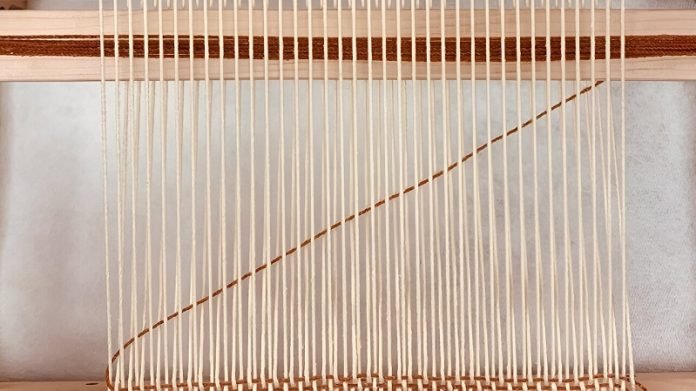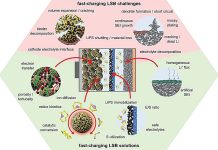
In an exciting leap forward for wearable technology, scientists from North Carolina State University have unlocked a secret to boost the power of clothing that can store energy.
This discovery centers around a special kind of battery called a “yarn-shaped supercapacitor” (YSC), which is just as it sounds: a battery that looks and feels like a thread and can be woven into fabric.
Imagine your clothes not just dressing you, but also powering your devices!
Wei Gao, a leading expert in textile engineering at the university, and his team have been on a quest to find the ideal length for these yarn batteries to work their best.
They’ve found that when these threads are between 40 to 60 centimeters long, they hit a sweet spot, giving out the most energy for their size while keeping things efficient.
The challenge with making these innovative batteries has always been balancing how much power they can store against how easily electricity can flow through them. Too long, and the electricity starts to slow down; too short, and they can’t hold enough power.
To tackle this, Gao’s team made several of these yarn batteries in lengths ranging from tiny (10 cm) to really long (300 cm) and ran a bunch of tests.
They passed electrical currents through them at different speeds to measure two things: how much the yarn resisted the electricity (you want less of this) and how much energy it could hold (you want more of this).
They observed that up to a certain length (60 cm), these yarn batteries could hold more and more power linearly. Beyond that point, adding length didn’t do much good for holding power, and in some cases, it was better not to go past 150 cm.
By using math to model their findings, the researchers pinpointed that yarn batteries between 40 and 80 cm had the least resistance to electricity, making 40 to 60 cm lengths the most effective overall.
Nanfei He, who worked closely on the study, explained that figuring out this optimal length is a big deal for making wearable tech more practical. It means we can start thinking about how to seamlessly blend these batteries into fabrics for everyday use.
Gao envisions a future where the yarn in our clothes could do more than just keep us warm or covered. “Imagine making a regular yarn into a battery,” he said. “You could add so many functions to your clothing without anyone noticing.”
However, there’s still a long way to go before these yarn batteries are ready for prime time. The team is now focusing on making sure these batteries are safe, reliable, and can handle the wear and tear of daily life, including twists, stretches, and even washes.
Once these hurdles are cleared, the possibilities for integrating technology into textiles could dramatically expand, opening up new frontiers for how we interact with our gadgets and wearables.
Source: North Carolina State University.



